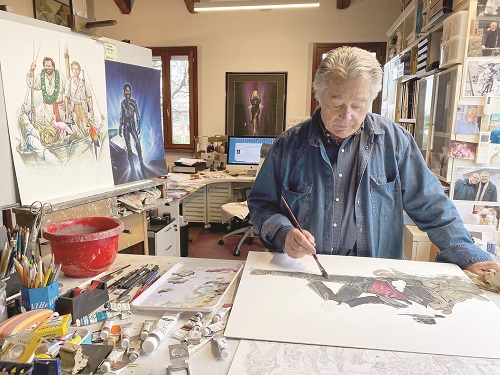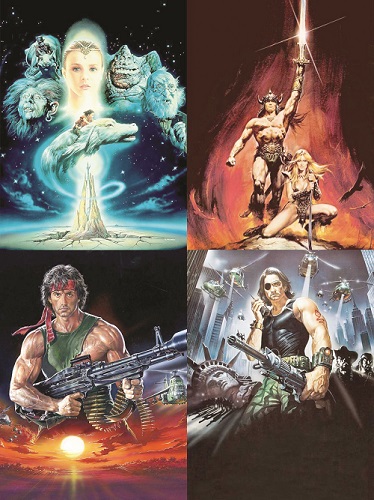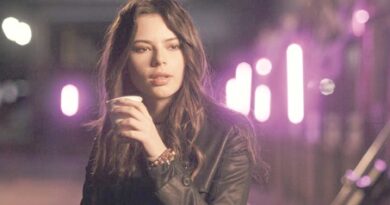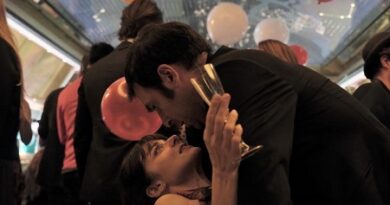Renato Casaro: The Maestro of Movie Posters
TORONTO – With the passing of Renato Casaro this week, at the age of 89, many outside the film industry [and also from within] are discovering that Italian sprezzatura extended to classic movie posters. Casaro, born in Treviso in 1935, was considered among the most talented and innovative poster designers – known for his iconic and impactful work in films like Conan the Barbarian, The Neverending Story and A Fistful of Dollars. To name a few.
Long before movie poster design submitted to emerging digital tools like Photoshop in the 1990s, Casaro was at the top of his class creating large format hand painted artwork for theatrical productions. Whether it was about deep space exploration (Solaris) or post-Vietnam malaise (Rambo), the Italian master transformed movie stars into mythical figures before screenings even began.
To find his equal before digital art’s advanced editing and hyper detailed scenes took over, you might only reference names like Drew Struzan or Saul Bass. Between the two of them, they created posters for Star Wars, Indiana Jones and Vertigo in the hand painted style. But while Struzan was among the first to use the airbrush technique, Casaro mastered it. His classical airbrushed style enchanted movie audiences for six decades, starting in the 1950s.
His airbrush style was so refined for its ability to achieve hyper-realism, mainly through his use of light and shadow, that his posters are considered stand alone art. The films he helped market were often iconic, but could not be separated from his windswept and powerful poster art. His influence on the medium was even revisited long after his retirement, when, in 2019, filmmaker Quentin Tarantino hired the 84-year-old for the promotion of Once Upon A Time in Hollywood.
The Italian American Director Tarantino, who famously worked as a store clerk at Video Archives in Manhattan Beach, learned extensively about his craft from watching old films – many of which were promoted through Casaro’s work. As a long-time admirer of Casaro and his classical style, the partnership seemed destined to capture Leonardo Di Caprio’s cowboy image in the 60s/70s vintage style.
Today’s talented graphic designers are masters unto their own, immersed in an Adobe world with a myriad of tools at their disposal. But the hands-on art of Casaro’s day was spellbinding magic, capturing a film’s mood with illustrative prowess and clarity. In a few ways, it was akin to Caravaggio creating a movie poster in the 20th century. Hyperbole aside, it often takes the referencing an Italian master to underline the credibility of another Italian’s work.
Photo of Renato Casaro by Cristina Campolonghi
Massimo Volpe is a filmmaker and freelance writer from Toronto: he writes reviews of Italian films/content on Netflix






